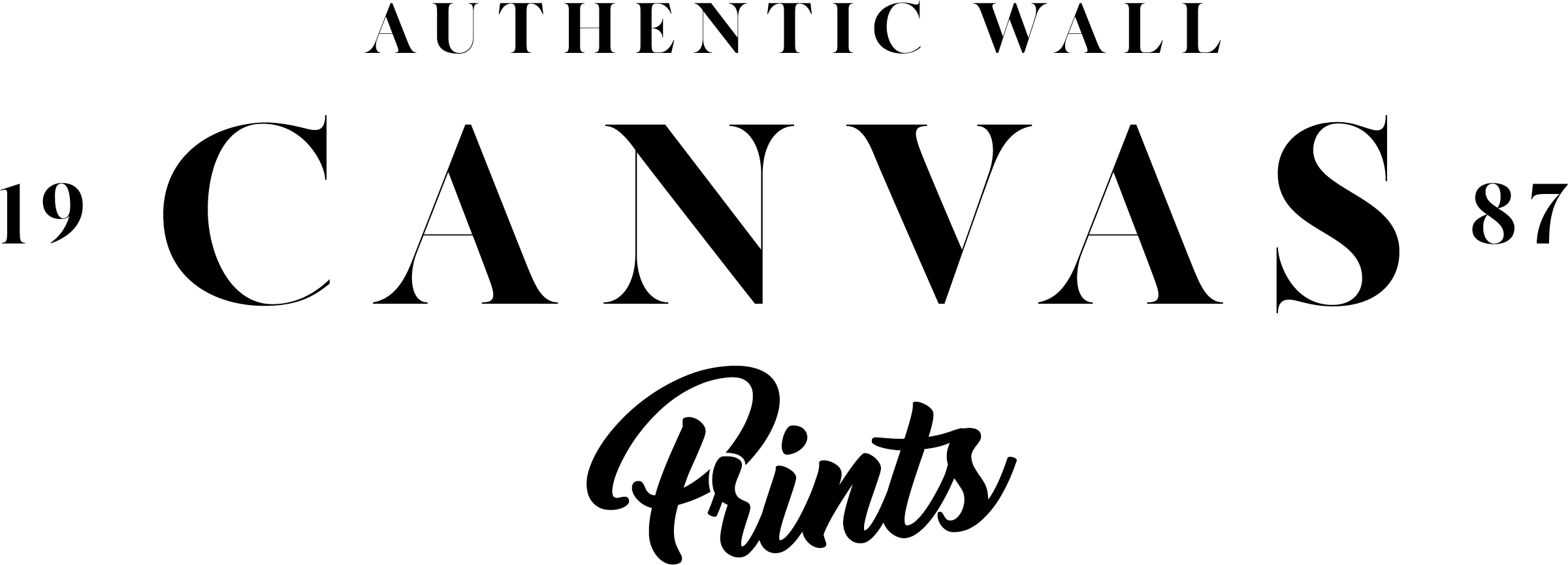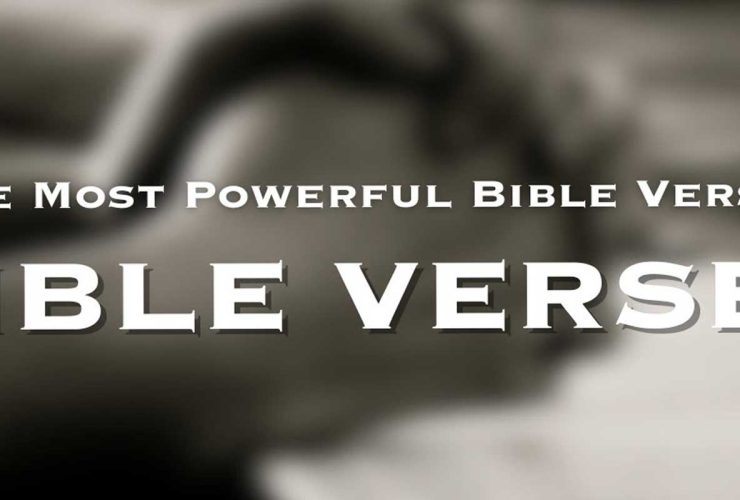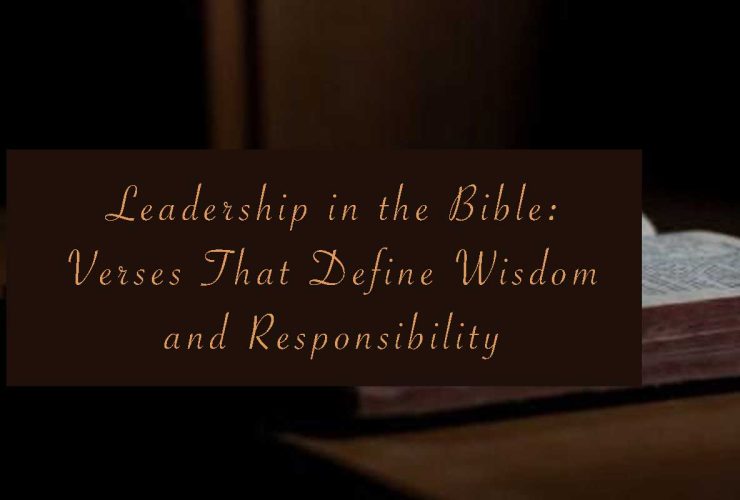When people think of Paul Gustave Doré, they picture his monumental engravings for Dante’s Divine Comedy, Milton’s Paradise Lost, or the Bible. Yet one of the most enchanting chapters of his career lies in his fairy tale illustrations—an often forgotten body of work that deserves rediscovery. In the mid-19th century, Doré illustrated collections of fables and fairy tales, including Charles Perrault’s Contes and La Fontaine’s Fables. These engravings revealed a lighter, more whimsical side of the artist, blending fantasy, satire, and charm with the same technical brilliance that made his religious works legendary.
Today, as audiences rediscover Doré’s breadth, his forgotten fairy tale illustrations shine again, showing us how he captured not only the terror of Hell and the majesty of Heaven but also the playful magic of imagination.
Doré and the World of Fairy Tales
Doré was born into a France steeped in folklore and fable. Fairy tales were not just children’s stories; they were cultural touchstones that reflected morality, humor, and fantasy. When Doré illustrated Perrault’s Contes (1867) and La Fontaine’s Fables (1868), he brought the same drama of line and shadow that he used for Dante, but softened with whimsy, playfulness, and charm.
These works reveal Doré’s range as an artist. He could etch terror and judgment, but also humor, innocence, and wonder. His fairy tale engravings combine satire and beauty, appealing to children and adults alike.
Rediscovering Doré’s Fairy Tale Illustrations
Perrault’s Fairy Tales – Magic and Morality
In 1867, Doré illustrated Charles Perrault’s famous tales, including Cinderella, Sleeping Beauty, and Little Red Riding Hood. His engravings brought these stories to life: carriages gleam with detail, forests loom with mystery, and magical transformations sparkle with energy.
Doré emphasized the moral lessons behind the tales. His Little Red Riding Hood is not simply charming—it carries tension and danger. His Cinderella balances joy with humility, turning the fairy tale into both fantasy and moral parable.
La Fontaine’s Fables – Satire in Engraving
La Fontaine’s Fables, filled with talking animals and moral wit, gave Doré the chance to mix humor with artistry. He illustrated fables such as The Fox and the Grapes, The Crow and the Fox, and The Lion and the Mouse.
Here, Doré’s skill with line shines: every feather, whisker, and expression conveys satire and play. He turned these fables into miniature dramas, where animals act out timeless human follies.
Other Works of Whimsy
Doré also illustrated children’s rhymes, folk stories, and humorous publications. These lighter works demonstrate how he expanded illustration beyond solemnity, embracing the imaginative worlds of storytelling.
Doré’s Fairy Tale Illustrations
| Collection | Year | Key Tales / Themes | Doré’s Artistic Approach |
|---|---|---|---|
| Perrault’s Contes | 1867 | Cinderella, Sleeping Beauty, Red Riding Hood | Magical realism, moral depth, dramatic charm |
| La Fontaine’s Fables | 1868 | The Fox & the Grapes, The Crow & the Fox | Satirical animals, humor, playful exaggeration |
| Other Tales & Rhymes | 1860s | Nursery rhymes, folk stories | Whimsical linework, lighthearted tone |
Why These Works Were Forgotten
Doré’s monumental engravings for Dante, Milton, and the Bible overshadowed his fairy tale work. Audiences remembered his visions of Heaven, Hell, and apocalypse but overlooked his playful engravings of animals and magic. Additionally, because fairy tales were considered children’s literature at the time, they were not given the same cultural weight as epic or sacred texts.
Why They Deserve Rediscovery
- Artistic Range: They prove Doré could capture whimsy as well as terror.
- Cultural Importance: Fairy tales and fables shaped moral imagination for centuries.
- Universal Appeal: Unlike his darker works, these engravings speak to children and families.
- Timeless Relevance: Fairy tales remain as popular today as in Doré’s time, making his art newly resonant.
Doré’s Emotional Technique in Fairy Tales
Even in lighthearted engravings, Doré used line and shadow to convey emotion:
- Soft lines for innocence and wonder.
- Playful contrasts for humor.
- Dark forests and looming figures for suspense.
This emotional versatility connects directly with his grander works, showing the same mastery applied to lighter themes.
Influence on Modern Fairy Tale Art
Doré’s fairy tale engravings influenced illustrators like Arthur Rackham and Edmund Dulac, who carried forward the tradition of dramatic yet whimsical illustration. His playful animals and magical scenes also foreshadowed the world-building seen in animation, comics, and children’s book illustration.
Just as Paul Gustave Doré’s dramatic Bible illustrations remain iconic, his fairy tale engravings deserve renewed attention for how they shaped children’s illustration and popular imagination.
Conclusion
Paul Gustave Doré’s forgotten fairy tale illustrations are treasures rediscovered. They reveal an artist capable of capturing the full spectrum of human experience—from terror to laughter, from despair to wonder. By revisiting his engravings for Perrault and La Fontaine, we see not only Doré the master of apocalypse and eternity but also Doré the illustrator of whimsy, charm, and imagination.
For modern admirers, exploring Paul Gustave Doré art prints or broader spiritual artworks shows how his genius continues to inspire, whether in epic scripture or playful fairy tale.
FAQs on Doré’s Fairy Tale Illustrations
Which fairy tales did Doré illustrate?
He illustrated Charles Perrault’s Contes (Cinderella, Sleeping Beauty, Little Red Riding Hood) and La Fontaine’s Fables, among others.
Why are Doré’s fairy tale engravings less known?
Because his Bible, Dante, and Milton engravings overshadowed them. Fairy tales were also undervalued as children’s literature at the time.
How do Doré’s fairy tale illustrations compare to his religious works?
They share the same technical brilliance in line and shadow but are lighter, more whimsical, and often humorous rather than solemn.
Did Doré influence modern fairy tale illustration?
Yes. His engravings influenced illustrators like Arthur Rackham, and his style foreshadowed children’s book illustration and animation.
Why are Doré’s fairy tale works important today?
They highlight his artistic range, connect with timeless storytelling, and continue to influence how fairy tales are visually imagined.





